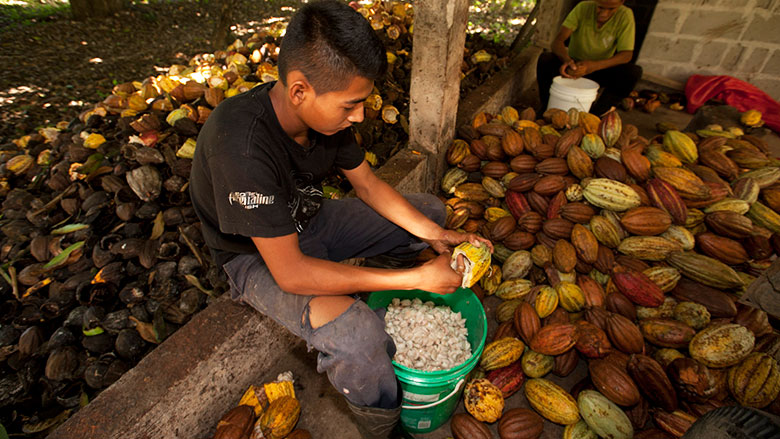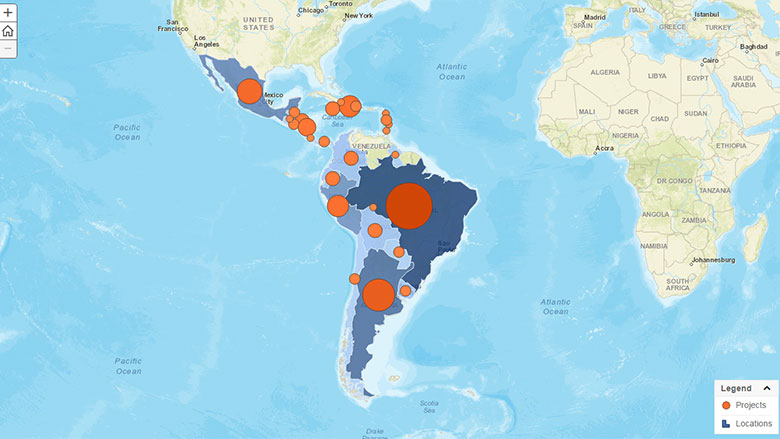Challenge
In 2009, according to the Institutional Governance Review, patronage and clientelism negatively affected public sector, a result of limited transparency in public finances, public procurement and control over public personnel expenditure. The PFM system required technical upgrades to allow for greater access and to enable linkages with other systems to complete tracking of expenditures and obligations. Furthermore, an institutional framework to formulate, monitor and evaluate public sector programs was missing. At the time of appraisal, human resources was perhaps the weakest area as wages were increasing without any effective controls.
Approach
Honduras’s Country Vision (2010-2038) and National Plan (2010-2022) shared the goal of creating a modern, transparent and efficient state. The Project was developed to support stronger management of public finances and the introduction of internal payroll control systems to improve control over the wage bill. In addition, the Project aimed to strengthen the administration capabilities in monitoring and evaluation and public procurement by facilitating the upgrade of the e-procurement system and the development of tools to enhance efficiency and transparency in public procurement. Overall, the Project sought to achieve more efficient business processes and improved information systems that would enable government staff to better perform their tasks.
Results
Institutional strengthening was at the core of the project. Results were mainly achieved between 2014 and 2015. However, they were limited as few activities were implemented and the trajectory of the started reforms remains to be seen. On this regard, it is important to note that shifts in the commitment and political will of the Government and executing agencies compromised implementation form the start-up. These changes affected components 1,2 and 3, and led to significant slippages during the first two years, which eventually resulted in the non-completion of expected outputs and non-achievement of the desired outcomes at exit. This in turn led to a partial cancellation of funds near project closure. In terms of the results achieved, the development and implementation of a new technological framework to enhance usability and access to the country’s PFM system, only the budget formulation module was completed and operationalized in all central government and 70% of decentralized institutions. In the case of public procurement, standard templates for procurement plans and standardized procurement documents were produced between 2012 and 2013 whereas six framework agreements were designed and implemented for common use goods. In the case of human resource management, payroll audits in five institutions (Education, Health, Infrastructure, and Security Secretariats and Tax Administration Agency) were completed and an institutional functional review was conducted on those Secretariats plus the Finance Secretariat and the Civil Service Directorate. These reports provided an action plan (currently pending implementation) for the strengthening of human resources and payroll management. Additionally, sectoral strategies and indicators were developed for 4 out of 7 sector cabinets and these tools were successfully integrated in the Integrated Financial Administration System (SIAFI) new budget module.


